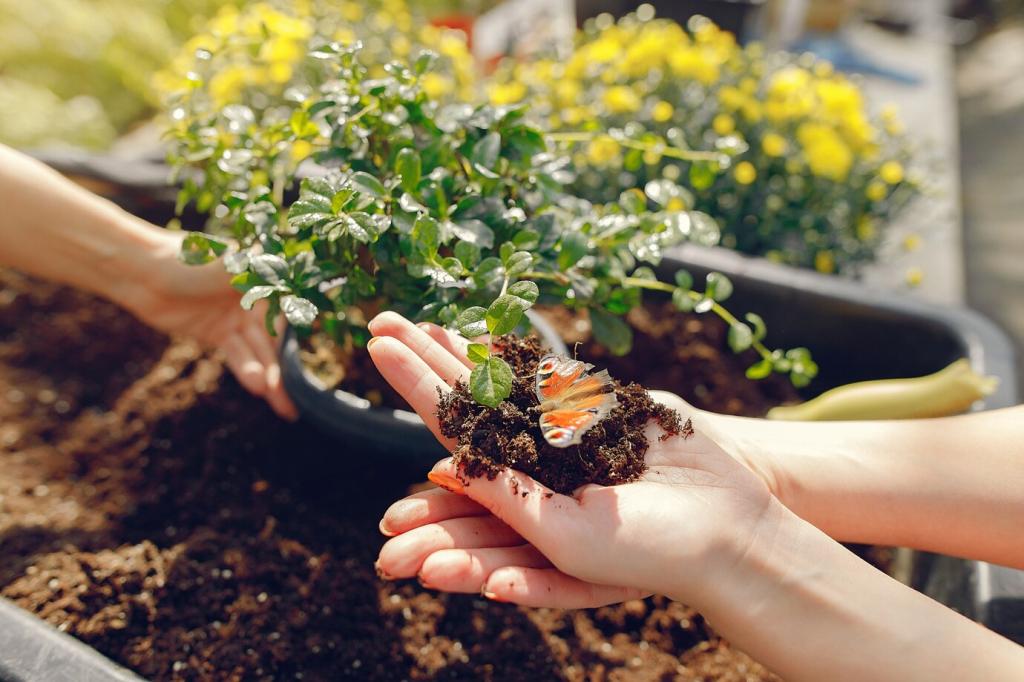Soil Health First: Rotations That Feed the Ground
Beans, peas, and clover fix atmospheric nitrogen, leaving behind a gentle fertilizer for heavy feeders like tomatoes and brassicas. Rotate legumes before hungry crops to cut fertilizer costs, stabilize growth, and build living soils that stay friable and richly productive through changing seasons.
Soil Health First: Rotations That Feed the Ground
Deep-rooted crops like daikon and sunflowers open compacted layers, while shallow-rooted greens weave fine channels near the surface. Rotating these root architectures prevents soil fatigue, improves drainage, and creates breathing space for microbes that transform residues into long-lasting, fertile organic matter.






